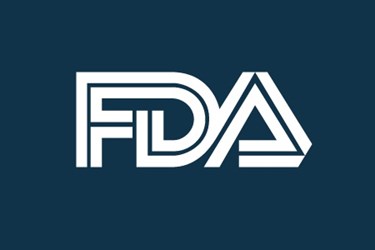FDA Issues Draft Guidance On Sharing Medical Device Data With Patients

By Jof Enriquez,
Follow me on Twitter @jofenriq

The U.S. Food and Drug Administration (FDA) has issued draft guidance advising manufacturers on how to properly share medical device data with patients when they exercise their right under federal law to access their own healthcare information.
“Manufacturers may share patient-specific information (recorded, stored, processed, retrieved, and/or derived from a medical device, consistent with the intended use of that medical device) with patients either on their own initiative or at the patient’s request, without obtaining additional premarket review before doing so,” FDA said in a notice published in the Federal Register.
Information that can be shared with patients may include, but is not limited to, recorded patient data, device usage/alarms/output statistics (e.g., pulse oximetry data, heart electrical activity, and rhythms as monitored by a pacemaker), healthcare provider inputs, and/or records of device malfunctions or failures, FDA stated in the draft guidance, titled Dissemination of Patient-Specific Information from Devices by Device Manufacturers.
The federal privacy law Health Insurance Portability and Accountability Act (HIPAA) prohibit manufacturers from sharing individually identifiable health information with covered entities (e.g., health plans or healthcare providers that electronically transmit health information) without the patient’s consent. FDA, however, clarified that HIPAA does not prevent manufacturers to share patient-specific information with the affected patient.
Industry stakeholders agree with FDA’s thinking that device companies should indeed be able to share health data collected by their devices with patients who use those devices, both as a matter of right and to participate in their own healthcare planning.
“Today, many medical devices have the ability to store data and transfer it to medical records, so this seems like a natural progression in providing patient access,” Chris Lavanchy, with the patient safety organization ECRI Institute told Bloomberg BNA.
Patricia Wagner, a Washington-based attorney with Epstein Becker & Green P.C., told the news outlet that FDA’s draft guidance is “very patient friendly” and “very much aligned” with HIPAA rules to provide access to medical records.
While data sharing could empower patients, FDA cautions manufacturers to take steps “to avoid the disclosure of confusing or unclear information that could be misinterpreted.”
FDA said device companies should provide “interpretable” and “useful” information to the patient and may provide supplementary instructions, materials, or references to aid patient understanding, except when it meets the definition of labeling, where applicable FDA rules apply. Any patient-specific information should also be “comprehensive” and “contemporary.” For example, if a patient requests a history of his own blood pressure measurements from a device, the data should include all available data up through the most recent measurement.
When sharing information, manufacturers are enjoined to give “relevant context to avoid circumstances where this information may be misinterpreted, thus leading to incorrect or invalid conclusions.” For example, if information is being provided regarding the activity of a pacemaker, information about the circumstances under which an electrical impulse is delivered by the device may provide helpful context.
FDA also encourages manufacturers to provide patients with information on who to contact for follow-up information, including their own healthcare providers and the manufacturer itself.
Comments on the draft guidance will be accepted by FDA until August 9, 2016.
